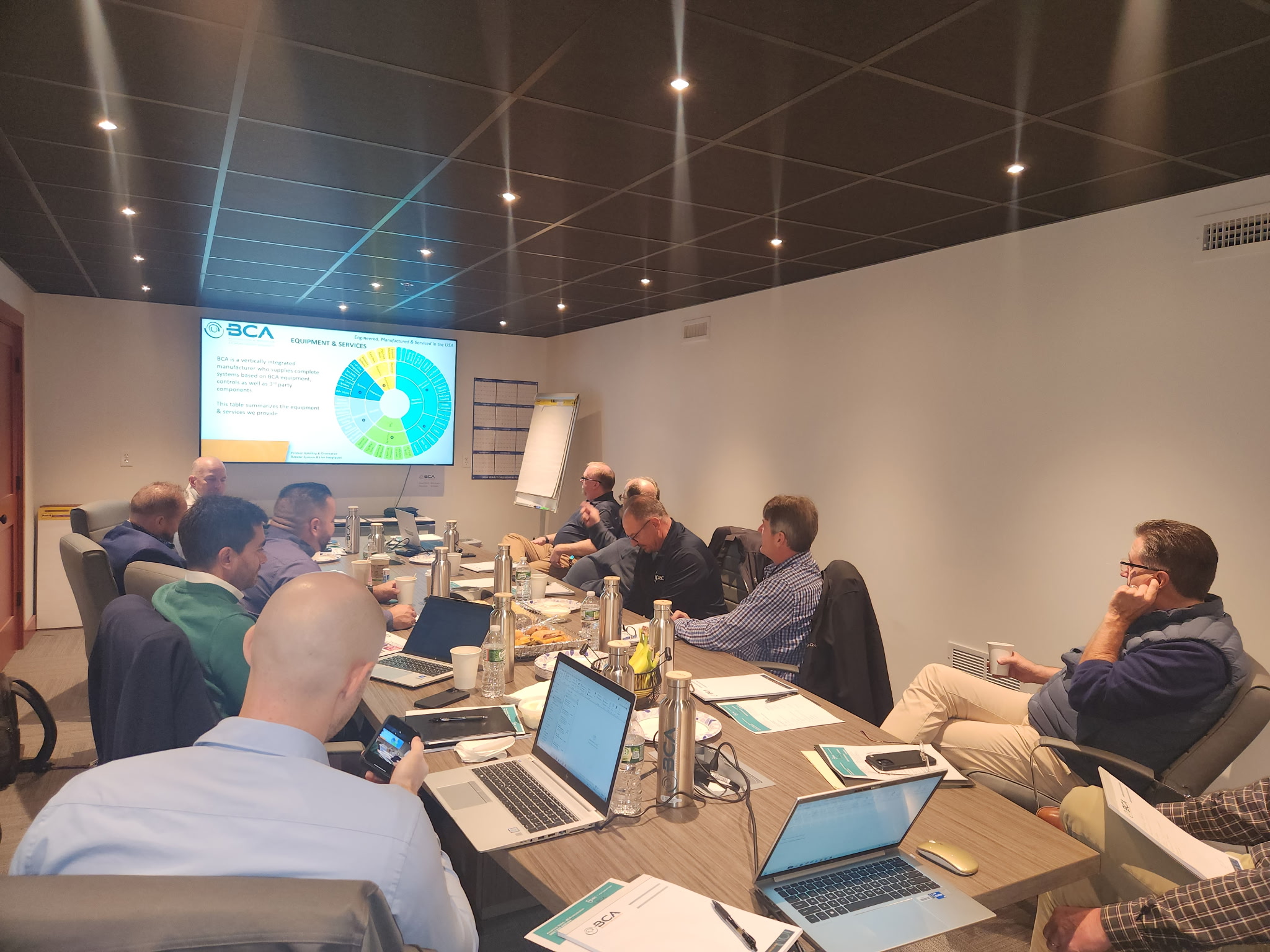We were lucky to catch up with Crystal Williams recently and have shared our conversation below.
Crystal, appreciate you joining us today. What do you think matters most in terms of achieving success?
I believe success is built on two things: never stopping and staying focused. Relentless effort—showing up again and again—is half the battle. Focus gives that effort direction. But here’s the part people often forget: it’s okay to pivot. If your plan isn’t working, change the plan—but never abandon the goal. Just keep moving.
I’ve seen this play out countless times, but one story that stands out is when I pursued my first innovation. I trecked to China not once but twice to bring my innovation to life. Initially, it flopped. But, I was laser-focused and worked tirelessly, but the product just wasn’t connecting with people. Instead of quitting, I pivoted—took what I learned, rebranded, shifted the offer, and tried again. Within a year, that pivot led to success far beyond what I originally imagined. I also learned where my weaknesses were and was able to use that to propel other endeavors.
So my view was shaped by seeing over and over that success doesn’t always come to the first plan—it comes to the person who refuses to quit. Stay focused, stay flexible, and most importantly: keep going.

As always, we appreciate you sharing your insights and we’ve got a few more questions for you, but before we get to all of that can you take a minute to introduce yourself and give our readers some of your back background and context?
I’m a serial problem solver and process engineer with over 20 years of experience driving large-scale transformations across industries like healthcare, finance, tech, and government.
From the very beginning, solving problems has been second nature. Whether it was breaking down a complex system or untangling a business challenge, there’s always been a drive to make things work better—for people and for organizations.
That mindset naturally led into a career as a management consultant and transformation leader. With a background in systems and computer science from Howard University, and a graduate degree in public policy from the University of California, Berkeley, the early years were spent at top consulting firms, helping government and commercial clients navigate massive shifts in technology, operations, and culture. Over time, the focus sharpened into what became a true specialty: change management at scale.
Across two decades and multiple industries—healthcare, finance, retail, tech, oil and gas—there’s been one consistent goal: helping organizations move forward, without leaving people behind. That means building operating models that make sense. It means integrating tools like Workday, Oracle, and AWS, not just from a technical lens, but with a clear-eyed view of how people adopt, adapt, and thrive in new systems.
Along the way, teams have grown, strategies have evolved, and the projects have gotten bigger—sometimes leading transformations that touch tens of thousands of users. But no matter the size of the project, the approach stays the same: lead with clarity, design for impact, and never lose sight of the human side of change.
Today, through independent consulting, that work continues—partnering with clients to design, implement, and lead transformations that actually stick. Whether it’s guiding an organization through a cloud migration, integrating systems after an acquisition, or reimagining how teams collaborate, the mission is always to make change real, not theoretical.
What sets this work apart is a unique combination of technical fluency, strategic thinking, and people-first leadership. This isn’t checkbox consulting. It’s deep, tailored engagement—grounded in metrics, informed by experience, and powered by empathy.
What’s most rewarding? Seeing the light bulb moments—the point where a hesitant stakeholder becomes a champion, or when a complex rollout turns into a smooth, adopted solution. That’s the magic of this work. And it’s what continues to drive every engagement forward.
For those considering working together, know this: pivots are okay. Reroutes are part of the process. But giving up? That’s never an option. Because real transformation doesn’t come from a perfect plan—it comes from the relentless pursuit of progress, paired with the focus to see it through.

How do you keep your team’s morale high?
Great teams don’t manage themselves—they’re nurtured, guided, and supported. The best advice I can give for managing a team and maintaining high morale comes down to three things: clarity, trust, and meaningful recognition.
First, set clear expectations. People thrive when they know what success looks like, how their work connects to the bigger picture, and where they have room to grow. As a process engineer and change leader, I’ve found that ambiguity can kill momentum—so I prioritize structure, even in fast-moving environments.
Second, build trust by listening actively and leading with transparency. When you’re guiding teams through complex transformations—cloud rollouts, system integrations, or acquisitions—there’s often uncertainty. The way to keep morale high during those times is to create a space where people feel seen, heard, and informed. Even if the answers aren’t always perfect, being honest and consistent earns long-term loyalty.
And third, recognize impact—often and intentionally. Morale isn’t about pizza parties. It’s about people feeling that their work matters. I make it a point to highlight small wins, connect contributions to outcomes, and develop people in ways that align with their goals, not just project needs.
Ultimately, managing a team well isn’t about control—it’s about equipping people with purpose, tools, and trust, then getting out of their way just enough for them to shine.

Let’s talk M&A – we’d love to hear your about your experience with buying businesses.
Yes, I recently bought my first business—a renewable energy company—and it’s been a six-figure leap into a whole new kind of challenge and reward.
To me, buying a business is like having a baby. It demands your full attention, constant nurturing, and a willingness to roll up your sleeves. It’s definitely not for the faint of heart. Even though the acquisition itself is complete, we’re very much still in the thick of it—building out operations, setting up the team, establishing systems, and doing the groundwork that turns ownership into real, sustainable growth.
Coming from a background in engineering, strategic management consulting, and process re-engineering, I knew what it would take on paper. But like many things in life, there’s no substitute for boots-on-the-ground work. Being hands-on has been key—clarifying roles, building workflows, recruiting the right talent, and making sure onboarding and training are aligned with long-term goals.
What I’ve learned so far is that acquiring a business is just the beginning. The real value comes from what you build after the paperwork is signed—how you shape the team, tune the processes, and align daily operations with the vision. It’s challenging, but it’s also incredibly energizing. Every day brings new lessons, and I’m fully committed to growing this business with the same level of care and precision I’ve brought to every transformation I’ve led.
Contact Info:



